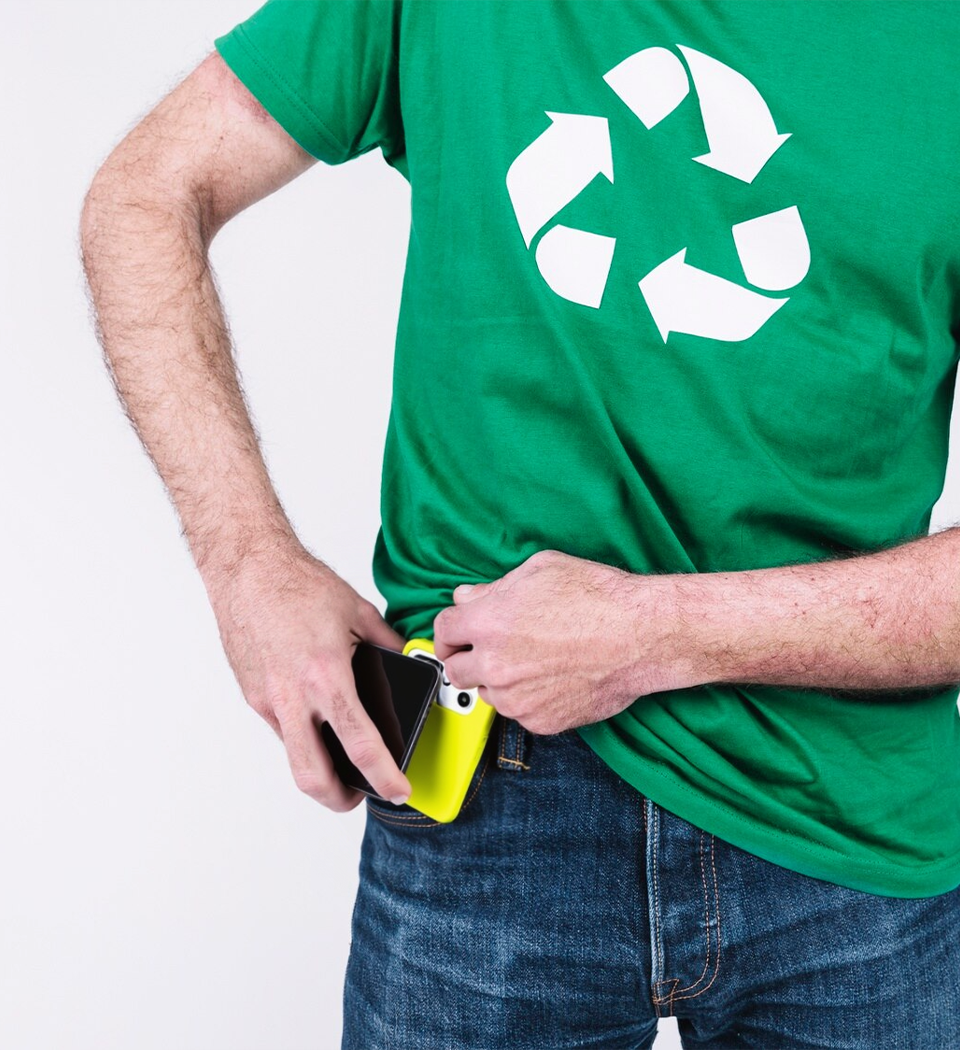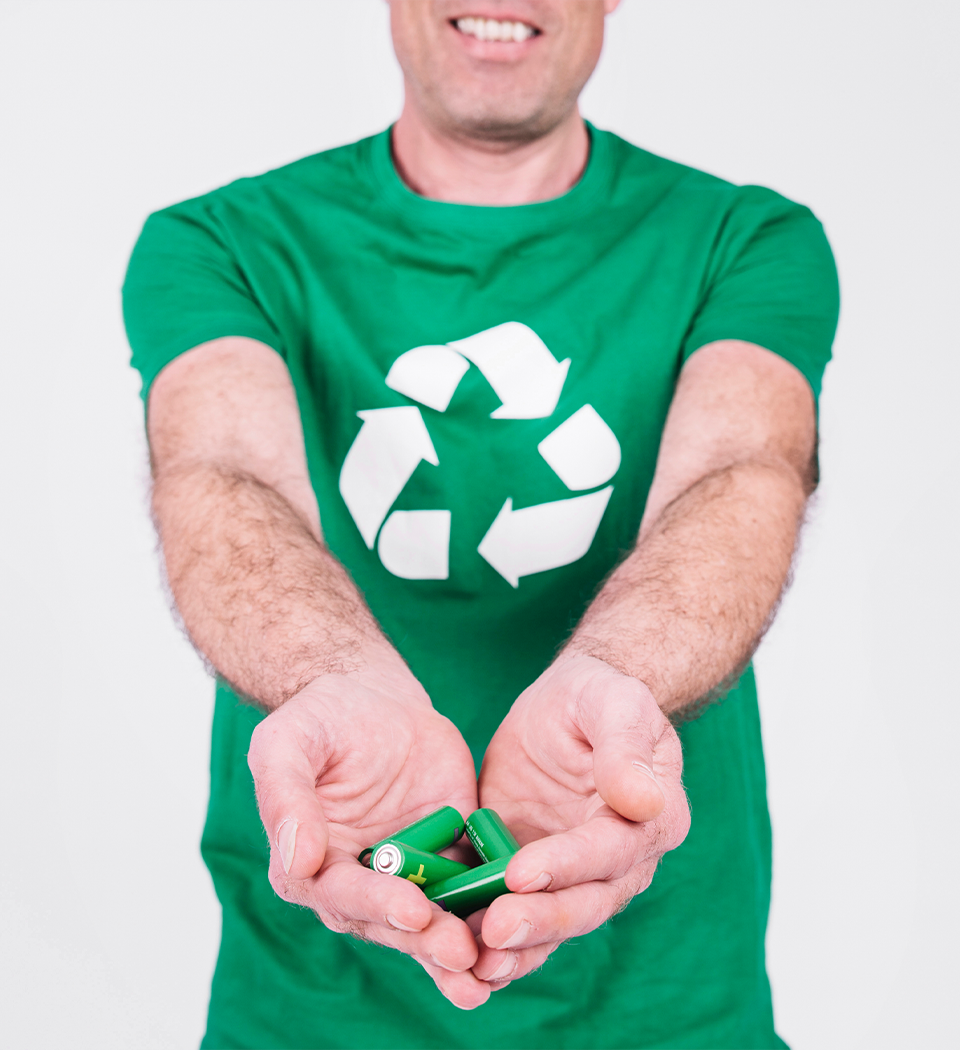How We Can Fight Technology’s Growing Environmental Crisis
In a world increasingly dependent on technology, e-waste has become one of the most environmentally problematic types of waste. As electronic devices become obsolete at an accelerating rate, the amount of waste generated also increases. However, we can all do our part to reduce this impact.



1. Extend the Lifespan of Your Devices
The first step to reducing e-waste is to ensure your devices last longer. Phones, computers, and other gadgets are often replaced with newer models unnecessarily. By keeping your devices in good condition through regular maintenance and repairs, you can significantly extend their lifespan. This not only reduces the amount of e-waste, but also saves you money.
2. Repair Instead of Replacing
When a device breaks down, we often think the only option is to buy a new one. However, repairs are often simple and inexpensive. Repairing instead of replacing is not only a more economical option, but also more environmentally friendly. Look for professionals or stores specializing in electronic device repair, or even try to do it yourself if possible.
3. Update Software Instead of Buying New Hardware
It’s common to think that a slow or outdated device should be replaced with a new one. However, more often than not, a software update can significantly improve your device’s performance. Additionally, adding more memory or updating the operating system can be an efficient alternative, saving you the need to purchase new hardware.
4. Replace Only What Is Necessary
Many electronic devices allow you to replace only certain parts, such as the battery or screen. Instead of throwing away the entire device, choose to replace only the damaged components. This will extend the life of your device and prevent valuable materials from ending up in landfills.
5. Recycle Electronic Devices Properly
If you decide your device is no longer usable, it’s crucial to recycle it properly. Don’t throw your electronics in the regular trash. Instead, take your devices to specialized e-waste recycling centers, where they can be dismantled and their materials, such as metals, plastics, and glass, recycled safely and efficiently.
6. Recycle Your Device Batteries
Electronic device batteries are hazardous to the environment if not recycled properly. Be sure to take used batteries to specialized recycling centers. Some stores and recycling centers accept batteries for safe processing.
7. Reject Devices with Redundant Functions
Before purchasing a device, make sure it doesn’t have redundant functions that you already have in other products. For example, if you already have a smartphone with a camera and GPS, you don’t need an additional camera. Reducing the number of devices in your home reduces e-waste.
8. Educate Others on the Importance of E-Waste Recycling
One of the best ways to reduce e-waste is to educate those around you. Talk about the importance of recycling and environmental responsibility. The more informed people are, the more they will adopt sustainable practices.
9. Know a Product’s Lifespan Before You Buy It
One of the most obvious ways to reduce e-waste is to check the product’s lifespan before you buy it. Avoid trendy electronic products that go in and out of style quickly.
10. Spread the Word About E-Waste
The best way to raise awareness of the environmental consequences of e-waste is to spread the information you learn about it to people in your circle. Awareness campaigns have led many people to adopt sustainable measures such as recycling.
Reducing e-waste is a shared responsibility. Every action, no matter how small, can significantly contribute to environmental protection. By implementing these 20 strategies in your daily life, you will not only reduce the amount of e-waste, but also foster a more responsible and sustainable culture. Start today and help create a cleaner future!

